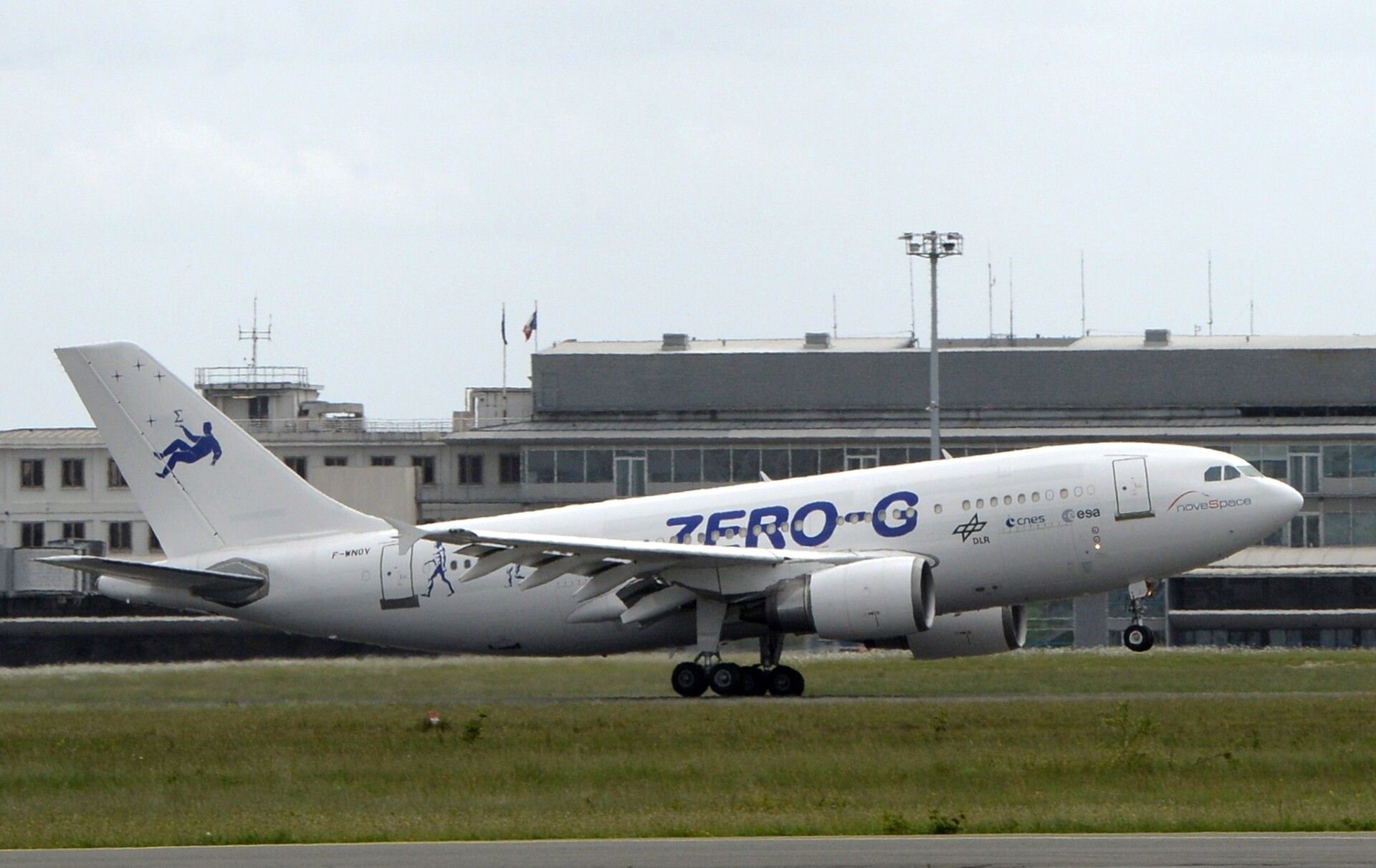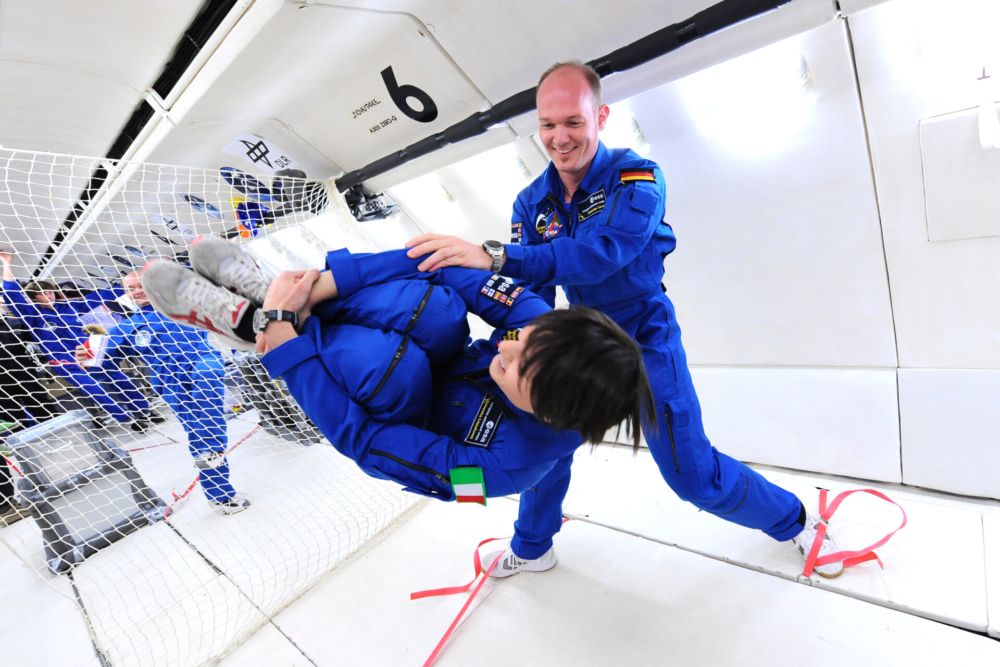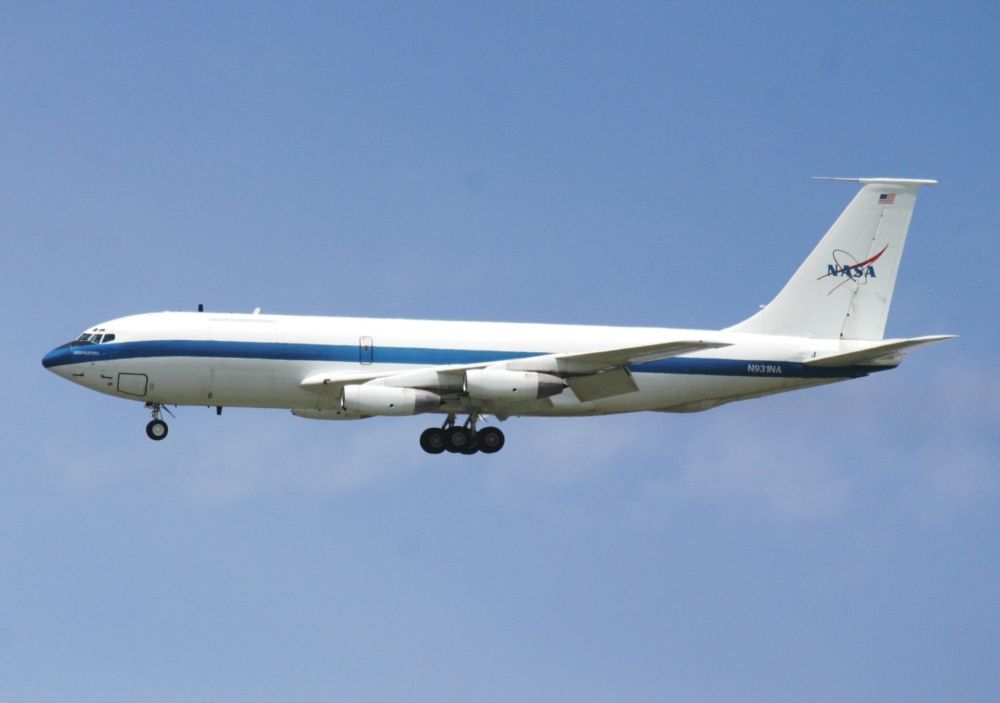How would you feel about plummeting from 9,000 meters on a fully functioning aircraft while weightlessly floating around in the cabin? That is precisely what happens on zero-G aircraft. Used by space agencies to train astronauts and cosmonauts, they are also deployed in the service of film crews. In recent years, scenes from Apollo 13, a Formula 1 zero-gravity pit stop, an airline and music video collab, and a cryptocurrency commercial have all been filmed using parabolic flight.
Parabolic flight
From haunting scenes of Sandra Bullock floating through deserted space station corridors in Gravity to when Peter Quill, aka Starlord, saves Gamora after her pod explodes in Guardians of the Galaxy, or Stanley Kubrick's 2001: A Space Odyssey, zero-gravity scenes are essential to convincing sci-fi flicks.
Most of today's movies might be using green screens and CGI to create realistic-looking spacewalks. However, weightless conditions are possible to replicate on regular commercial aircraft. This is achieved by the plane following an upward sharp angle parabolic flight path relative to the center of the earth to 9,000 meters and then dropping at the same speed. The result is 20 plus seconds of zero gravity.
A parabola is a plane curve that is symmetrical on both sides of its U-shape, or in this case, it's like a 'hump' in the air, akin to a giant rollercoaster. One pilot will do the pitch, and another the roll. And it is not something only military or specifically designed aircraft can achieve.
Zero-G meets F1
For instance, the European Space Agency operates an Airbus A310 as its zero-G plane. Meanwhile, in Russia, the State Space Corporation Roscosmos keeps an Ilyushin Il-76 MDK to prepare its cosmonauts. Its trainers and crew are also available for other projects - such as when in 2019, the Red Bull Formula 1 racing team decided to replicate a pit stop in zero gravity.
Gravity is just a habit for S7
A collaboration between Russia's S7 Airlines and American rock group OK Go in 2016 saw the band board the same Roscosmos aircraft and shoot an entire music video. This was part of an S7 campaign based on a line from one of the band's singles, Upside Down & Inside Out, that goes 'gravity is just a habit'.
In total, the band and crew flew 21 flights, with 15 zero-gravity parabolas per flight, for a total of about two hours and 15 minutes of weightlessness to make the three and a half minutes long music video seen below. Two acrobats also joined the team to play the part of S7 flight attendants.
Apollo 13
Some of the most iconic movie space scenes have also been filmed using parabolic flight. In Apollo 13 from 1995, director Ron Howard forewent the preferred wire technique of the time. He opted instead to bring his crew on NASA's modified Boeing 707, KC-135, or, as it is affectionately called - the Vomit Comet.
Initially, the director intended to use it merely for his actors to research the sensation, but following a trial flight, he decided to build a movie set inside the aircraft. Those look to have been some pretty snug quarters for Tom Hanks, Kevin Bacon, the rest of the crew, and camera teams.
Cryptos in a different kind of free fall
Meanwhile, the Zero Gravity Corporation operates a converted Boeing 727 and offers paying customers the opportunity for stomach-churning astronaut-like floating. It is also available for film crews, such as when director and commercial photographer AJ Bleyer used it to shoot a commercial for esports organization Team Liquid and cryptocurrency trading platform Coinbase. If you want the zero gravity bit, feel free to skip to 1:47.
Would you go on a zero-gravity parabolic flight? What is your favorite weightless movie scene? Do you know how it was filmed? Leave a comment below and let us know.



